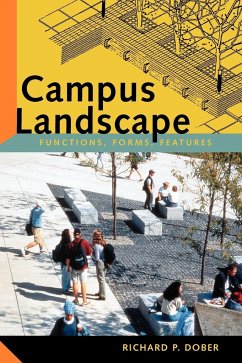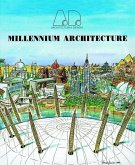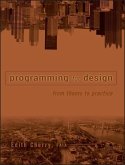A practical guide to creating sites, plans, and designs for the campus landscape Broad lawns, open spaces, wooded groves-the campus landscape is both the seat and symbol of higher education. It also has a growing role to play for institutions seeking toput their best foot forward in pursuit of students and funding. This comprehensive handbook provides information, instruction, and ideas on planning and designing every aspect of the campus landscape, from parking lots to playing fields."Campus Landscape" enthält eine Fülle von Information für Architekten, die sich mit der Gestaltung von Hochschulanlagen beschäftigen. Das Umfeld einer solchen Anlage umfaßt Rasenflächen, unbebaute Flächen, Gartenanlagen, Gehwege, Sportplätze, Parkplätze und verschiedene andere Konstruktionskomponenten. (y09/00)
"The extensive use of illustrations including landscape master plans, elevation views, and landscape symbols, as well as the numerous photographs makes this a valuable reference. The text discusses campus landscapes by providing a historical overview of many aspects related to their development. The text also provides insight on how these landscapes will be influenced in the future by social, economic, and environmental issues." (NACTA Journal, May 2002)








